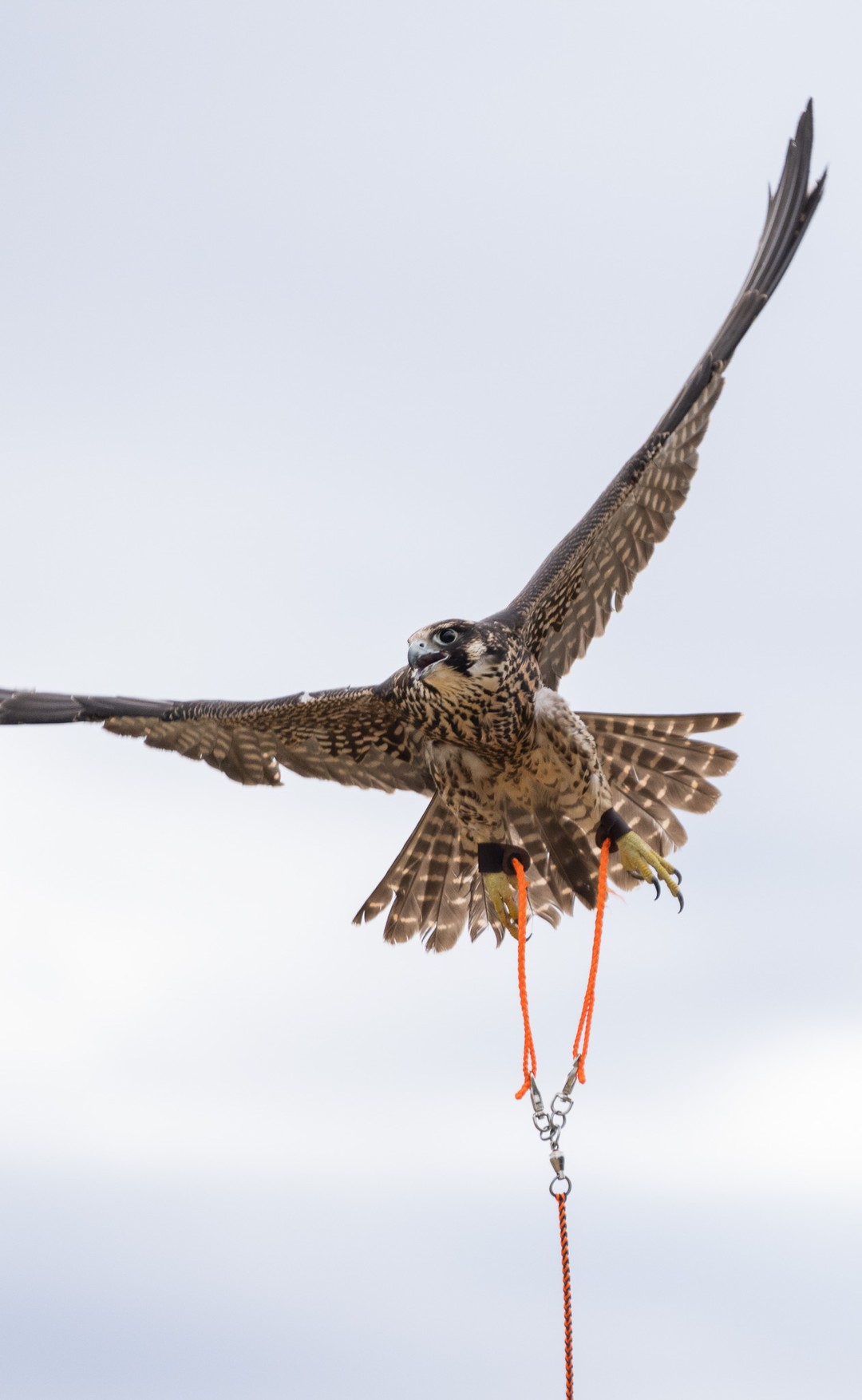- Wildlife rehabilitation’s role in conservation and animal welfare.
- Success story: the rescue and recovery of a peregrine falcon.
- The importance of collaboration and expertise in wildlife rescue efforts.
- Challenges and strategies in rehabilitating injured birds of prey.
- Long-term impacts of releasing rehabilitated animals back into the wild.
Wildlife rehabilitation plays a crucial role in the preservation of various species and the enhancement of their well-being. By offering expert care and treatment, rehabilitators help injured or orphaned animals return to their natural habitats. Beyond mere survival, these efforts contribute to the balance and well-being of ecosystems worldwide.
A recent success story from a bird rehabilitation team exemplifies the dedication and impact of these initiatives. In San Angelo State Park, a peregrine falcon was gravely injured after being shot. However, thanks to timely intervention, the bird was given a second chance at life. The rescue team adeptly removed many pellets from its body, healing its broken wing and enabling the falcon to regain the ability to soar. This story not only illustrates the expertise required in such endeavors but also highlights the heart and determination of those committed to wildlife conservation.
The rescue and rehabilitation of the peregrine falcon underscore the significance of collaborative efforts in wildlife recovery. Teams of specialists, including veterinarians and ornithologists, bring their knowledge and skills to the table, ensuring that the needs of each animal are met with precision. These professionals often work with conservationists and government agencies to develop strategies that address immediate medical needs and facilitate successful reintroductions into the wild.
Restoring a bird of prey like the peregrine falcon involves overcoming numerous challenges. These majestic creatures often suffer from injuries that can critically impede their survival instincts and abilities. Among the most common are fractures, soft tissue damage, and lead poisoning from ingested bullets. The rehabilitation process requires targeted medical treatments, frequent assessments, and a controlled environment to safely prepare the bird for release. Training to strengthen flight muscles and fine-tune hunting techniques is vital for ensuring the falcon can thrive independently once released.
When rehabilitated animals like the peregrine falcon are returned to their native habitats, the impact is profound. These successful releases contribute to population stability and genetic diversity. Moreover, they educate the public about conservation challenges and inspire collective responsibility towards protecting wildlife. Each releasable animal symbolizes hope and a commitment to safeguarding the natural world for future generations.
While wildlife rehabilitation involves intricate and demanding work, its value cannot be overstated. For species on the brink of endangerment, such initiatives can be part of a broader conservation strategy that helps prevent extinctions and preserve ecosystems. Through skilled intervention and collaboration, we are better equipped to support the health and sustainability of wildlife.
In sum, the rescue and rehabilitation of the peregrine falcon in San Angelo represent more than just a single victory. They capture the essence of why initiatives for bettering wildlife’s lives are imperative. By fostering skilled rehabilitation efforts and creating informed partnerships, we can continue to make a meaningful difference in the sphere of wildlife conservation.
*****
Source Description
We’re all about bettering the lives of wildlife! 😎 Our bird rehab team recently rescued a peregrine falcon that had been shot in San Angelo State Park. Many of the pellets were removed, the broken wing was healed and the falcon learned to fly again. We returned to San Angelo to release the falcon and let it return to the wild. We’re grateful for Ryan and the team for saving the lives of animals!


